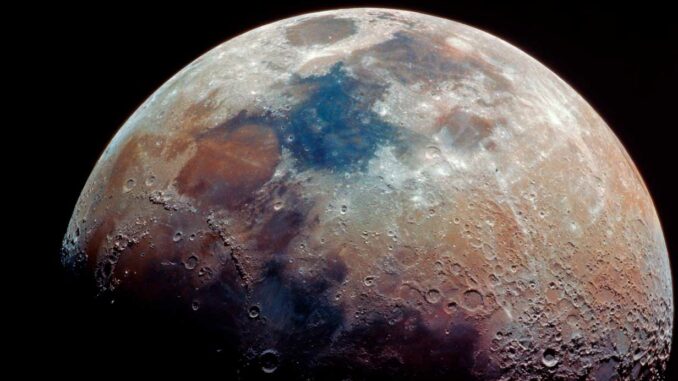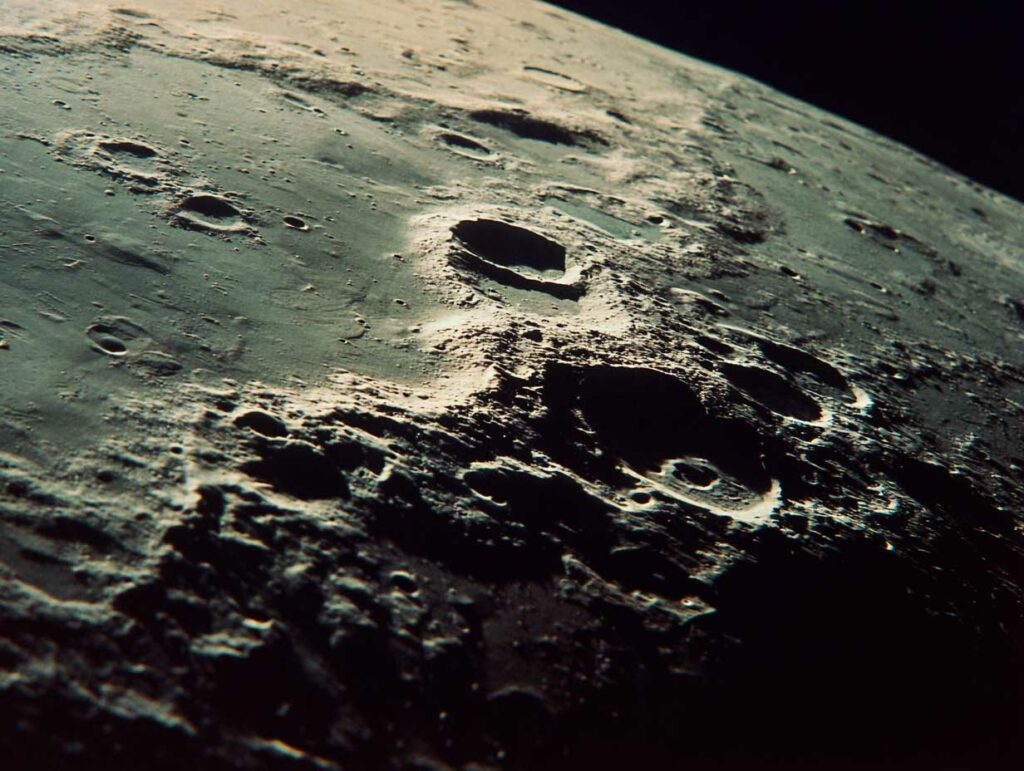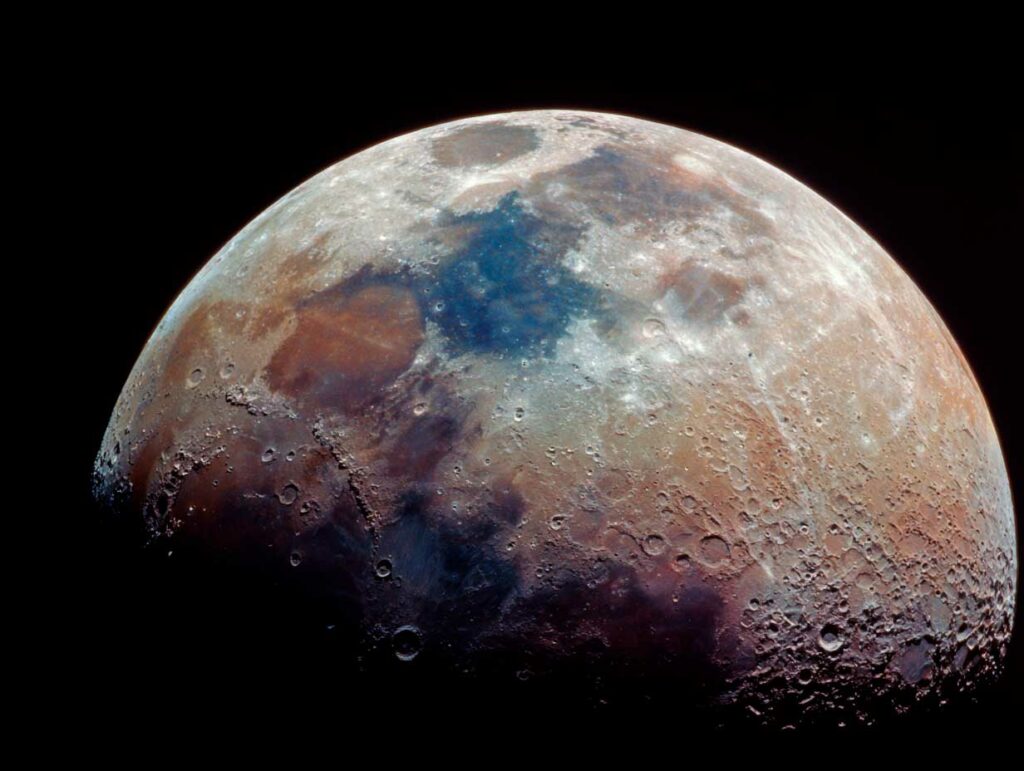
More than 100 lunar missions by 2030 require standardized information sharing to prevent collisions, secure activities, and ensure sustainability.
The Moon is set to experience a boom in missions, with more than 100 payloads planned by 2030. This increase creates a tangible risk of collisions between orbiters or surface activities. The Outer Space Treaty (1967) already requires cooperation, but does not specify the terms for the Moon. The lack of coordinated standards (formats, timing, platform) reduces safety, threatens peace, and hinders sustainability. Initiatives such as COPUOS (UN Committee) and the Lunar Policy Platform have been working since 2024 to formalize a practical guide: “Lunar Information Sharing 101,” validated in June 2025. It defines what to share (objectives, trajectory, duration), when (one-year planning, in-flight updates, post-mission report), and how (UNOOSA registries, private technical databases). At the same time, ATLAC is developing a global advisory mechanism. The objective is clear: to ensure safe, interoperable lunar operations that are accessible to all actors, whether public or private.
A growing risk of collisions due to the explosion of lunar missions
With more than 100 missions planned by 2030, the Moon is becoming a crowded environment. Currently, lunar orbiters are already making close passes in orbit, with minimal coordination. On the surface, the increase in landings risks creating interference between platforms. Unshared trajectories can lead to physical impacts, damaging orbiters designed to last for years or valuable rovers analyzing samples.
Earth-based orbital tracking capabilities are limited. Few radars or telescopes can accurately and continuously track lunar trajectories. As a result, the probability of an accident due to lack of information increases. The consequences go beyond material damage: a major incident could trigger political backlash, block scientific missions, and delay lunar industrial development.
To enable coordination, the LPP recommends a notification schedule: one year before the mission, six months, one month, at launch, during the mission, and after. Each step aims to facilitate anticipation, the avoidance of trajectory conflicts, and the active reuse of landing sites. To date, fewer than 10 states communicate directly to the UN under Article XI (the US, the UK, and the Netherlands). The model should be extended to new entrants such as India and private actors (SpaceX, Blue Origin).

An international regulatory framework that is still incomplete for ensuring lunar safety
The Outer Space Treaty (OST, 1967) sets out general principles: cooperation, non-contamination, respect for the interests of others. However, it does not specify cases involving the Moon. Article IX imposes an “obligation to take into consideration the activities of other States,” but does not specify the format or timeframe. Article XI encourages states to inform the UN. These provisions were sufficient for low Earth orbit, but are proving inappropriate for the lunar reality.
The COPUOS, through the SRWG and the ATLAC created in 2024, is studying more concrete mechanisms. Several proposals have emerged:
– A public lunar registry managed by UNOOSA would record declarations made under Article XI.
– A private database, designed by the Open Lunar Foundation (Lunar Ledger), would store real-time operational parameters for operators.
– A standard notification format, co-developed by states and companies, would be proposed in 2025.
These initiatives aim to bridge the gap between international standards and technical requirements: avoiding collisions and radio interference, and managing chain operations at the same site.
Multiple benefits: safety, peace, sustainability, and capabilities
Structured sharing brings four key benefits:
Safety. Knowing trajectories, schedules, and areas of operation reduces the risk of orbital impact or on-site collisions. The LPP identifies traffic coordination as a priority, similar to ground or maritime air traffic control.
Peace. Transparency avoids suspicion and makes it possible to distinguish between a hard landing and a hostile act. This climate is essential in the face of growing geopolitical tensions between major powers. More than 40 countries that have signed the Artemis Accords already adhere to this principle.
Sustainability. Sharing facilitates scientific cooperation, such as between ISRO and JAXA in 2023-2024. Exploration missions benefit from shared data on sampling sites, geology, and navigation.
Capacity. For emerging or private players, having a history of existing operations makes it easier to plan missions, avoid reselling a saturated site, or identify technical partners.
Access to samples from the far side of the Moon via Chang’e-6 (China) demonstrates the effectiveness of sharing scientific data for global progress.
A possible governance model via ATLAC and ICLO
Two new structures are shaping the future:
ATLAC (Action Team on Lunar Activities Consultation), created in 2024 under the auspices of COPUOS, brings together states, agencies, and private experts. Its mission is to develop a proposal for an international mechanism to coordinate lunar activities by 2027. This group defined its mandate in 2025, with a multi-year work plan.
ICLO (International Committee on Lunar Operations), a proposal from the Moon Village Association, aims to create a permanent operational committee, open to NGOs and companies, to implement the recommendations in practice. Its scope includes safety, sustainability, standardization, information sharing, consultation, and conflict resolution.
These entities would operate within the legal framework of UNOOSA and the Outer Space Treaty, but with a proactive role in the operational implementation of the recommendations.
A possible action plan to structure lunar sharing
The LPP proposes a model timetable, spread over seven stages:
- – 12 months: initial notification to COPUOS, mention of the mission, contact details, duration, objectives.
- – 6 months: logistical details, sites, risks, end-of-mission plans, waste management.
- – 1 month: final operational versions, crews, modules, vehicles.
- On D-1: launch trajectory(ies), ascent window, orbital relay.
- In flight: real-time updates on mission status, incidents, adjustments.
- +1 month after completion: preliminary report on results, technical data.
- +6 to 12 months: full final report, usable scientific data, feedback.
This model meets specific needs: rapid feedback, maximization of scientific utility, operational transparency.

Challenges and obstacles to overcome to make this process effective
Several challenges remain:
- Political will: some countries refuse to disclose details of sensitive or confidential projects.
- Intellectual property protection: companies fear the disclosure of innovations. Models such as Data Trust or anonymous technical ambassadors are under discussion.
- Technical interoperability: standardization requires work on formats, interfaces, and data protocols.
- Funding and sustainable coordination: the Lunar Ledger, by Open Lunar, is privately funded. To scale up internationally, specific public/private funding is needed.
To move forward, ATLAC must propose a flexible and incentivizing framework that balances security and confidentiality. The involvement of private actors from the outset (Lunar Ledger beta) is an encouraging sign.
Looking ahead to 2030: a shared Moon
By 2030, the lunar environment will resemble an Earth orbital crossroads: scientific orbiters, service stations, extraction platforms, and manned vehicles. Without coordination, serious accidents could delay any initiative.
The Lunar Information Sharing 101 guide, presented in June 2025, already provides a common foundation. If approved, it will pave the way for an autonomous system of mandatory reporting via UNOOSA and an operational technical platform (Lunar Ledger). With these tools, the Moon could become a model of pragmatic international cooperation, serving science and industry while limiting risks.
Today, the next challenge is to translate these tools into a binding format that is accepted by states and companies. This is a key issue: the realization of lunar peace depends on the committed, pragmatic, and transparent sharing of operational and scientific data.
War Wings Daily is an independant magazine.